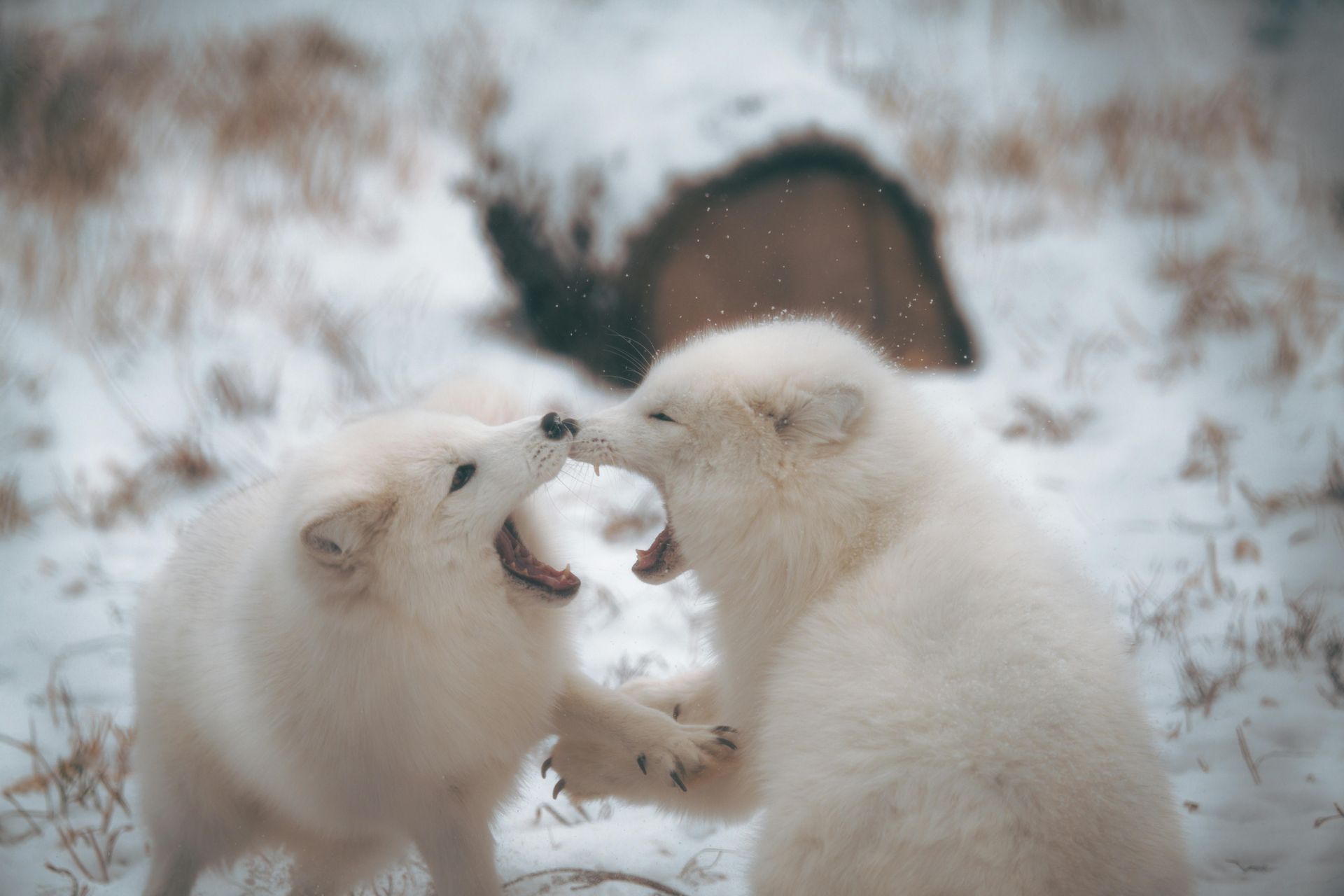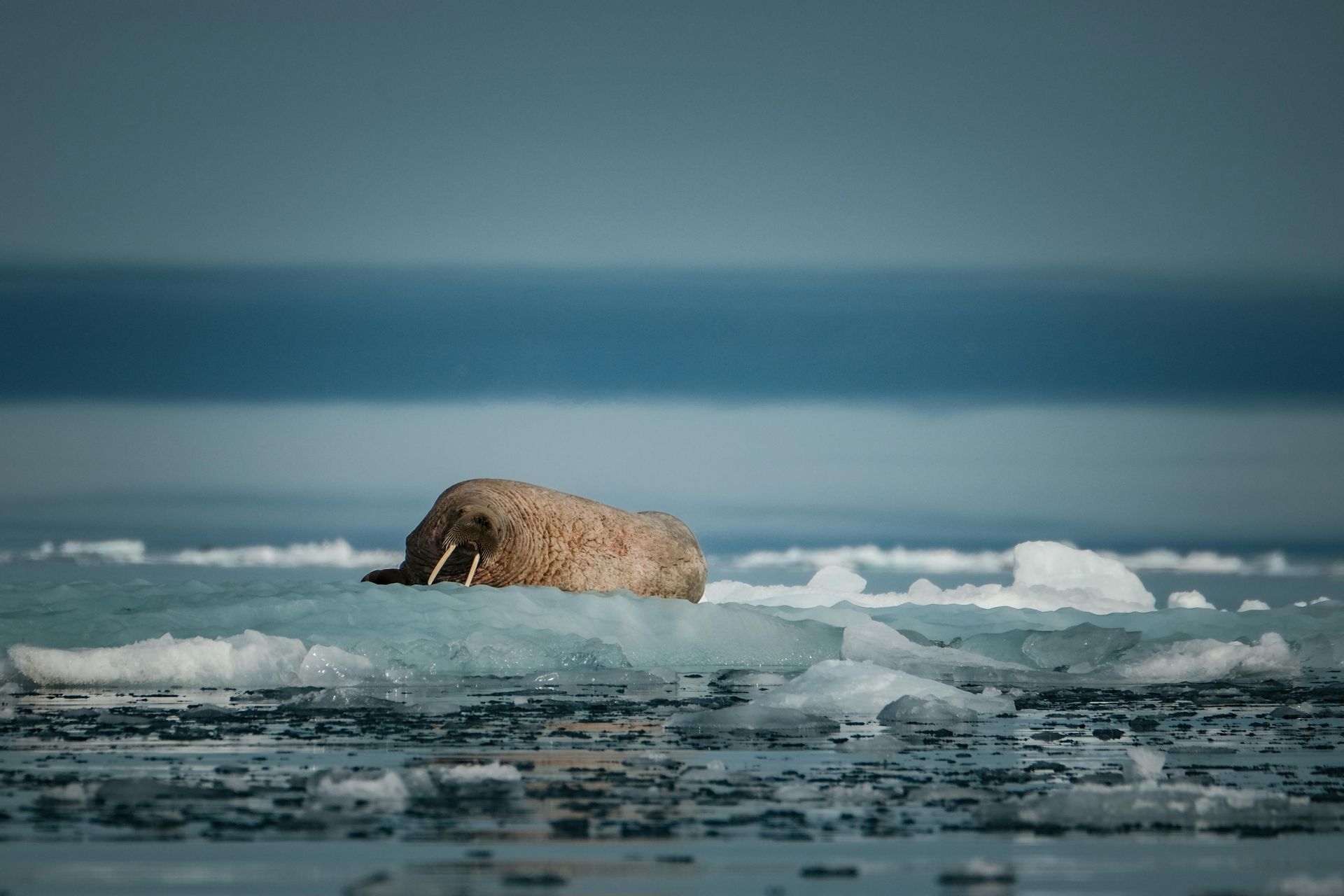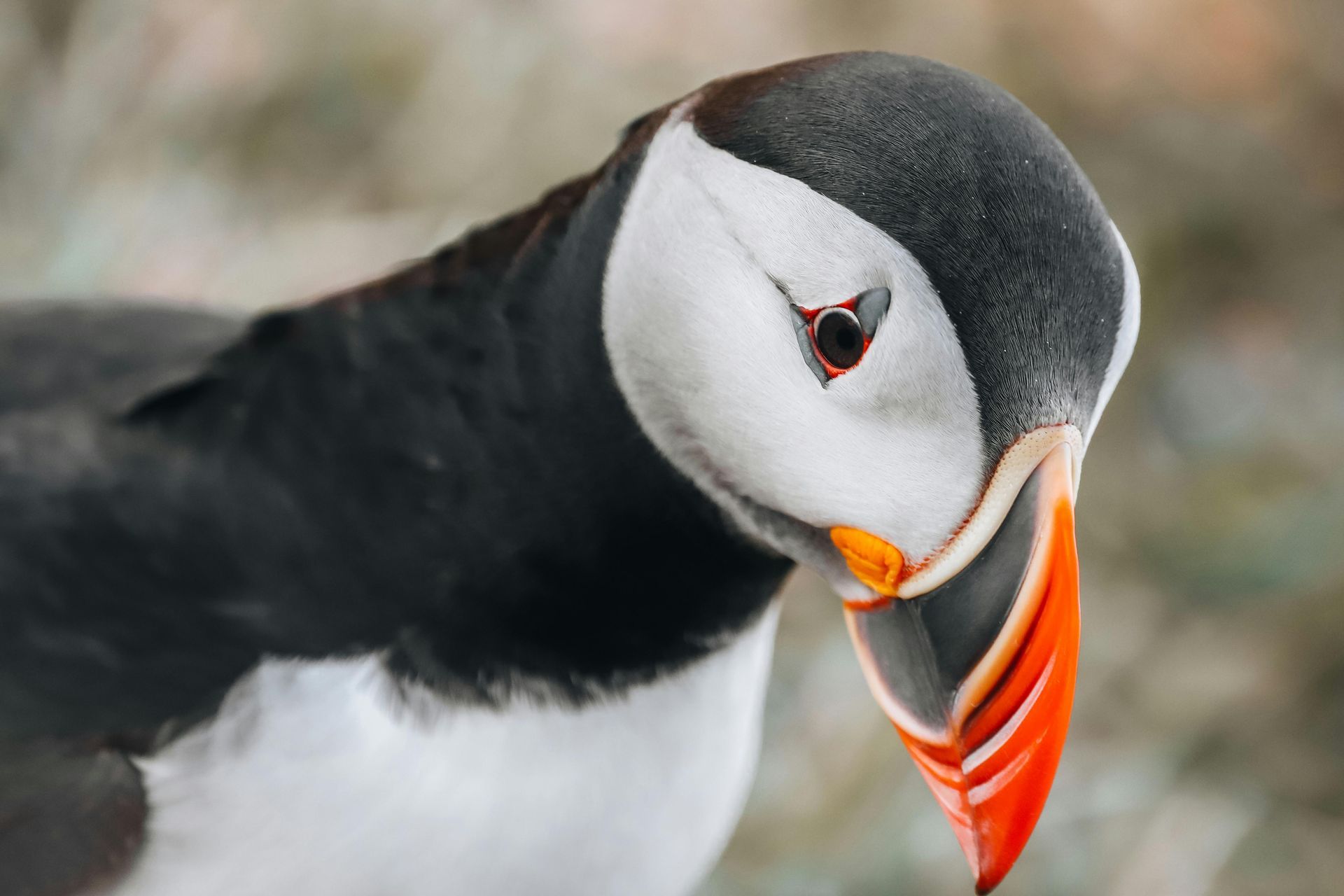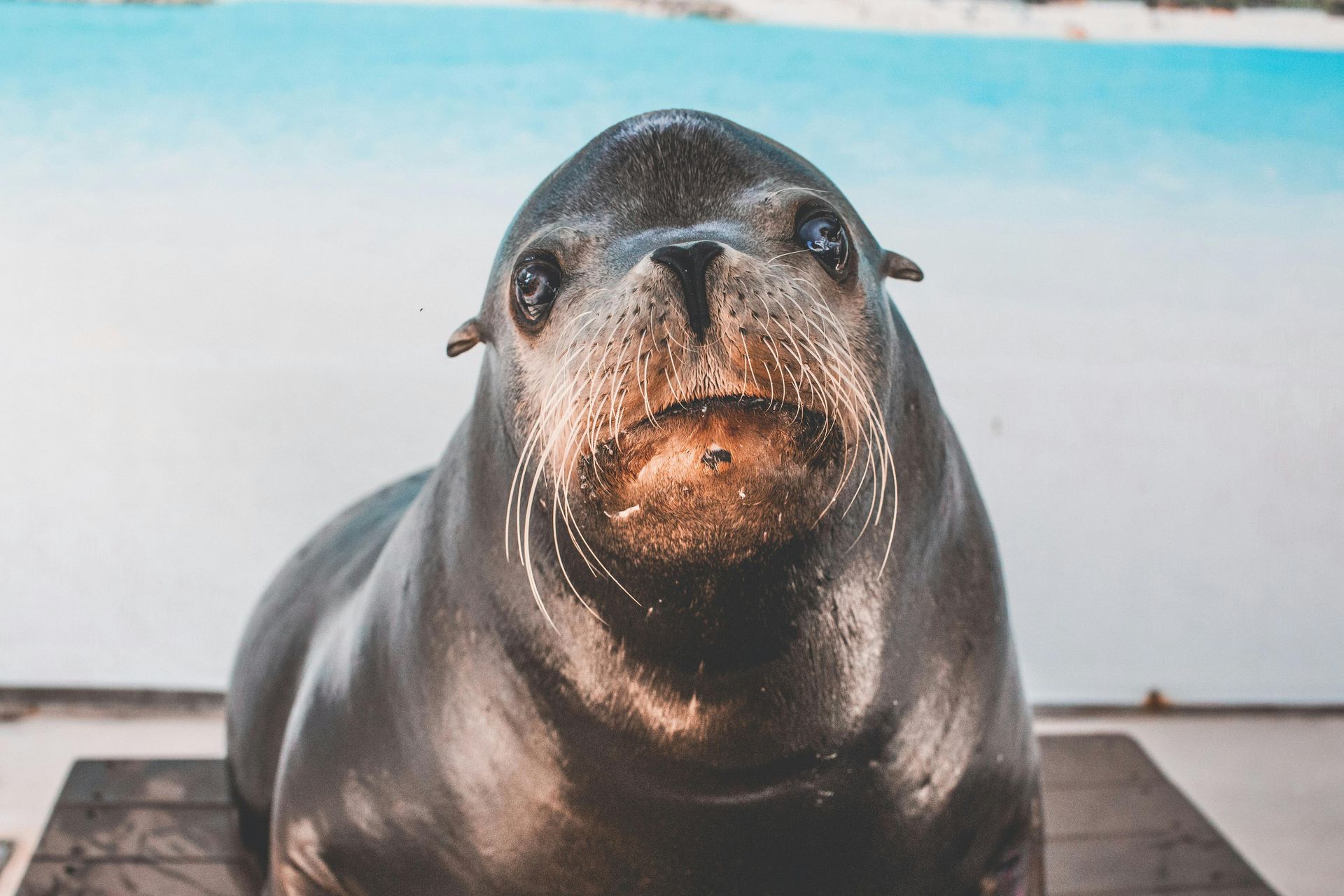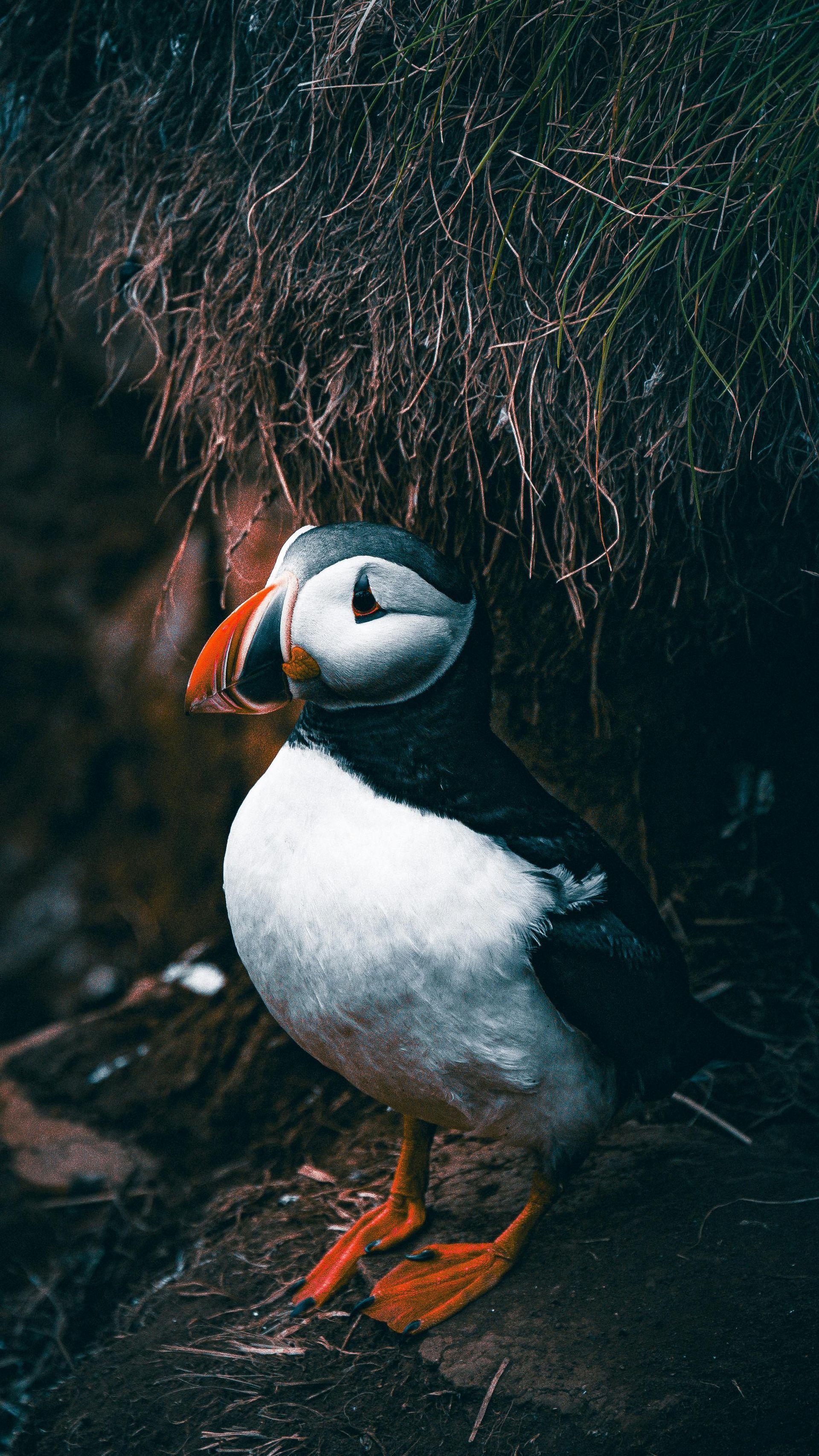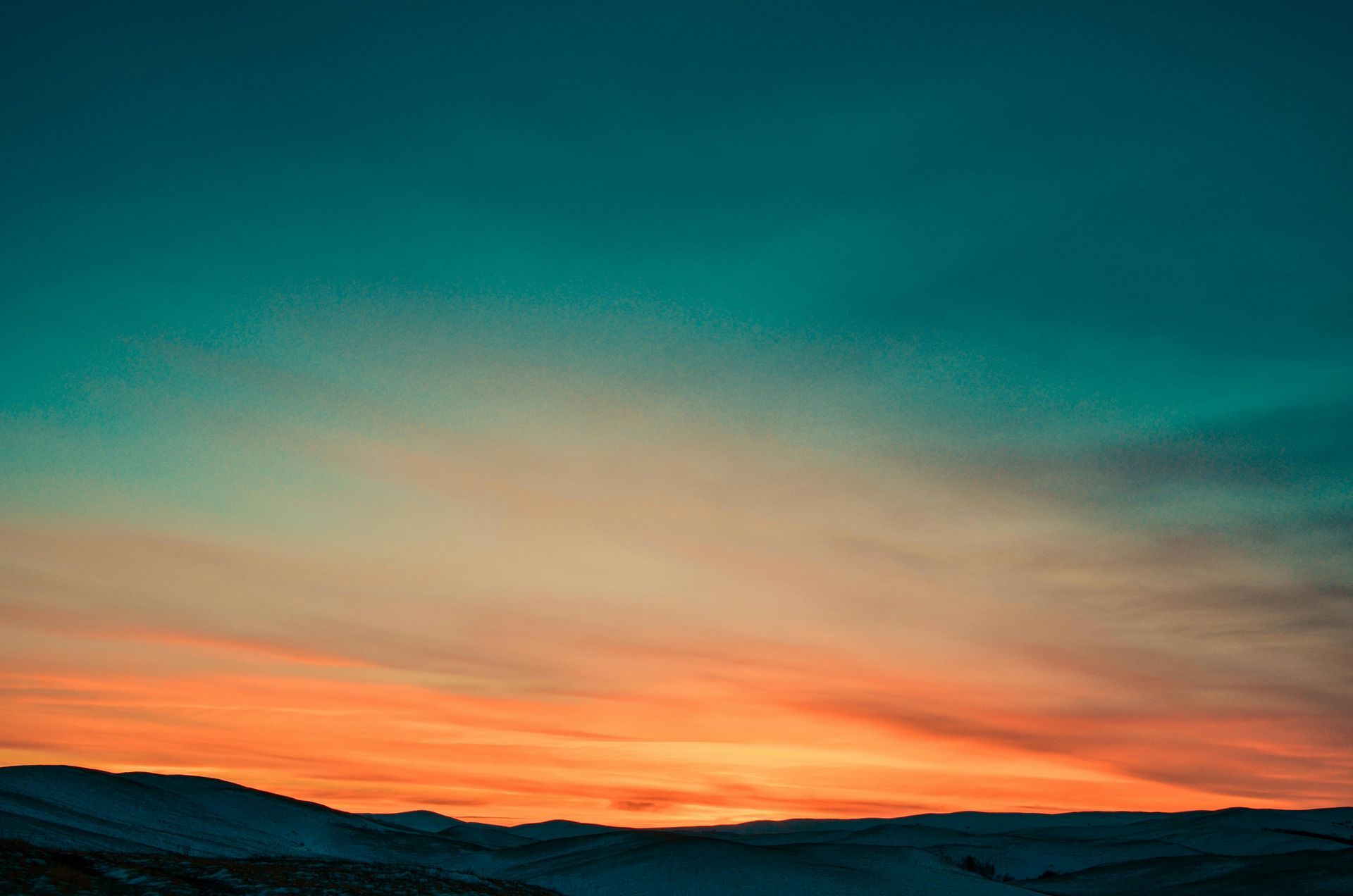Svalbard’s Minke Whales: The Small Giants of Arctic Seas
Svalbard’s Minke Whales: The Small Giants of Arctic Seas
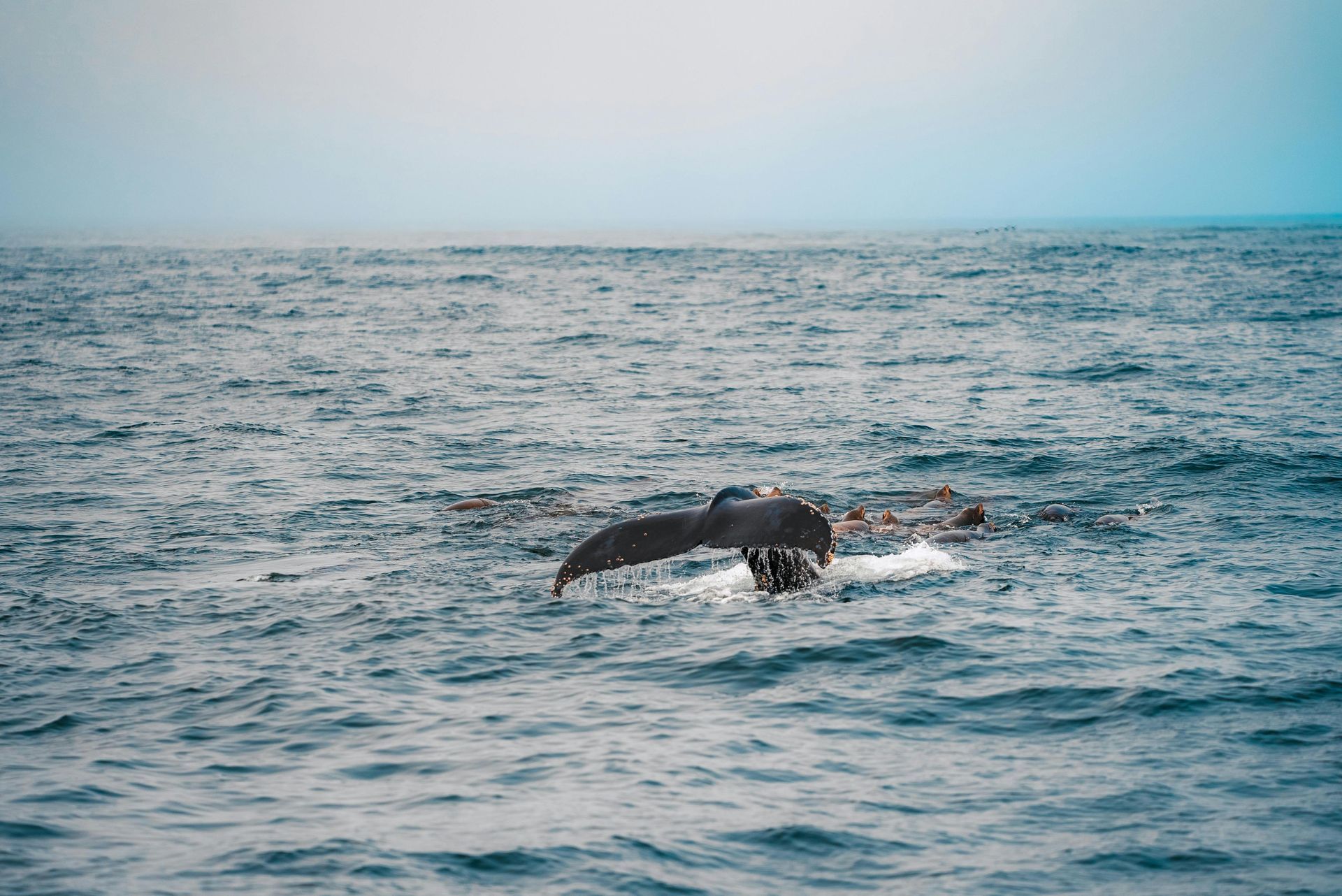
In the cold, plankton-rich waters surrounding Svalbard’s islands, a sleek shadow cuts through the waves with grace and power. Unlike their larger cousins—the blue, fin, and humpback whales—the minke whale is more elusive, smaller, and remarkably agile. Yet what they lack in size, they make up for in presence. Spotting a minke whale in Svalbard is like discovering a secret in motion: quick, quiet, and unforgettable.
Minke whales are the most common baleen whales in Arctic waters, and Svalbard is one of the best places to witness their seasonal migrations. They arrive in the summer months, following the retreating ice in search of rich feeding grounds teeming with krill, small fish, and other zooplankton. Often alone or in pairs, minkes glide just below the surface, revealing themselves in brief exhalations of mist and the telltale arc of a dark back slipping into the sea. Their shy behavior and streamlined bodies have earned them the nickname “the phantom of the fjords.”
Despite being called “small,” adult minke whales can grow up to ten meters in length and weigh over nine tons. Their dark gray bodies are accented by white patches on their pectoral fins—markings that flash beneath the water as they twist and turn while feeding. Unlike the dramatic breaches of humpbacks or the monumental surfacing of blues, minke whales are subtle performers. You may not hear them until they’re right beside the boat, surfacing with a single, soft blow before vanishing with barely a ripple.
Boat tours from Longyearbyen and other parts of Spitsbergen offer a high chance of spotting these whales during the summer months. Minke whales are often seen in the open fjords, particularly in places like Isfjorden, where nutrient-rich currents attract dense swarms of prey. Their presence is part of a much larger ecological story: they follow the Arctic bloom, a seasonal explosion of microscopic life that fuels the food web and attracts wildlife from seabirds to polar bears.
One of the joys of encountering minke whales in Svalbard is the intimacy of the experience. While other whale species might be visible from a distance, minke whales often swim close to boats, sometimes even circling or approaching out of curiosity. Their movements are fluid and unpredictable, offering moments of connection that are both quiet and deeply moving. These are not the staged encounters of aquariums or tourist tanks—they are real, spontaneous glimpses into the lives of wild marine giants.
Minke whales are part of the rorqual family, which includes all the large baleen whales that use pleated throat grooves to gulp massive amounts of seawater and filter food with their baleen plates. Their feeding technique, known as lunge feeding, allows them to dive quickly and consume vast quantities of prey in a single motion. This makes Svalbard’s summer-rich coastal zones vital for their sustenance before they begin their migration southward as the ice returns.
While minke whales are currently not considered endangered, they have faced historical threats from whaling, and some populations are still hunted today. In the context of the Arctic, the primary concern is climate change. As ocean temperatures rise and sea ice diminishes, the balance of marine ecosystems shifts. Prey species may decline or move, and whales must adapt to these new patterns. Researchers in Svalbard monitor whale populations closely, using sightings, acoustic data, and tracking tags to understand their behavior and migration in a warming Arctic.
For travelers to Svalbard, seeing a minke whale is often a highlight, not just for the rarity of the moment but for what it represents. These animals are ambassadors of a hidden world, gliding effortlessly between land and sea, ice and open water, presence and absence. They remind us that in the Arctic, power doesn’t always come with size—it can come in silence, in subtlety, and in fleeting encounters that leave an outsized impression.
Whether it’s your first time visiting the Arctic or one of many return trips, keep your eyes on the water. You never know when the ocean will break open with a quiet exhale and the passing silhouette of one of Svalbard’s small giants.



